If you’re into baking, you’re likely familiar with lining trays with parchment paper for cookies. But lately, silicone baking mats have been gaining popularity. Are they just as good? Let’s dive in.
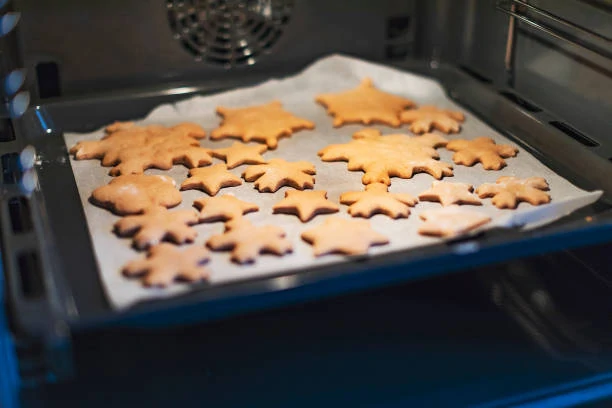
Understanding Parchment Paper
Parchment paper, also known as baking paper, is simply paper treated with silicone or Quilon to make it nonstick and heat-resistant. Silicone-treated parchment, more common in stores, can be reused a few times, unlike Quilon-treated parchment, which raises some health concerns.
Using Parchment Paper
Parchment paper comes in rolls or pre-cut sheets. While pre-cut sheets have their fans, rolls offer more flexibility. You can also use parchment paper for lining cake tins and creating piping bags.
What Are Silicone Baking Mats?
Silicone baking mats are thicker than parchment paper and fit into standard sheet trays. Made from food-grade silicone, they can withstand high temperatures and are available in various sizes.
When to Use Parchment Paper
Parchment paper is excellent for lining trays for cookies and cakes. It prevents sticking without causing excessive spread. It’s also ideal for delicate tasks like piping decorations and rolling out dough.
When to Use Silicone Mats
Silicone mats are preferred by some for baking certain cookies and bread. They’re especially useful for sticky substances like caramel and granola.
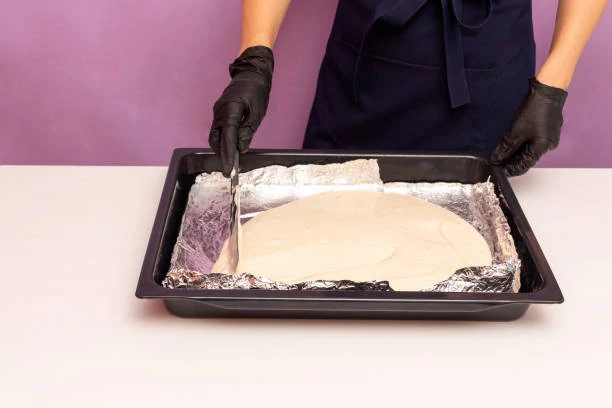
Pros and Cons at a Glance
Pros of Parchment Paper:
- Cost-effective in the long run
- Reusable and eco-friendly
- Heat-resistant
- Dishwasher safe
- Durable
Cons of Parchment Paper:
- Can make cookies spread too much
- Tricky to clean by hand
- Can retain odors and stains
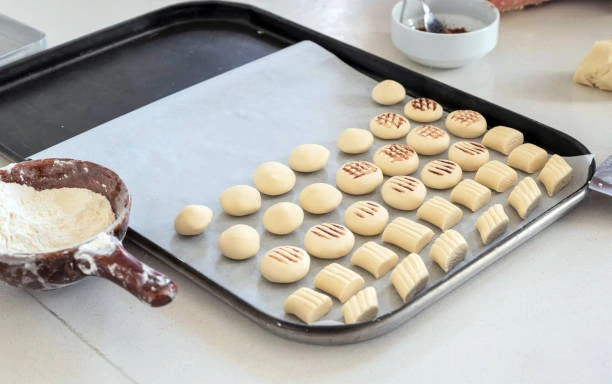
Making Your Choice
Having both parchment paper and silicone mats in your kitchen is ideal for various baking needs. Each has its advantages, and having both ensures you’re prepared for any recipe.
If you want more information on food and recipes, keep following us: https://www.omrecipe.com/

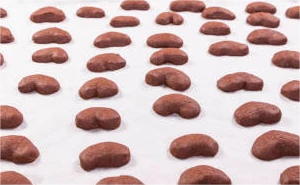
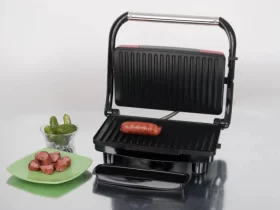


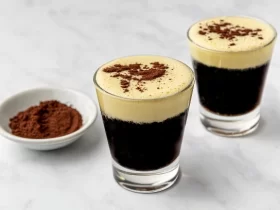
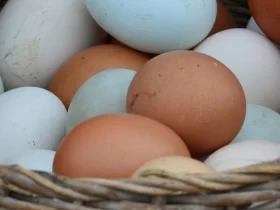
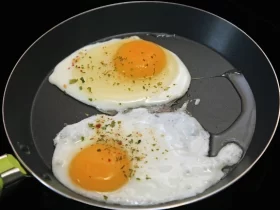




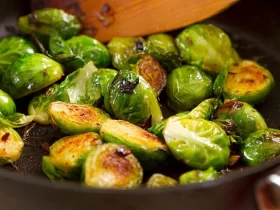


Leave a Reply